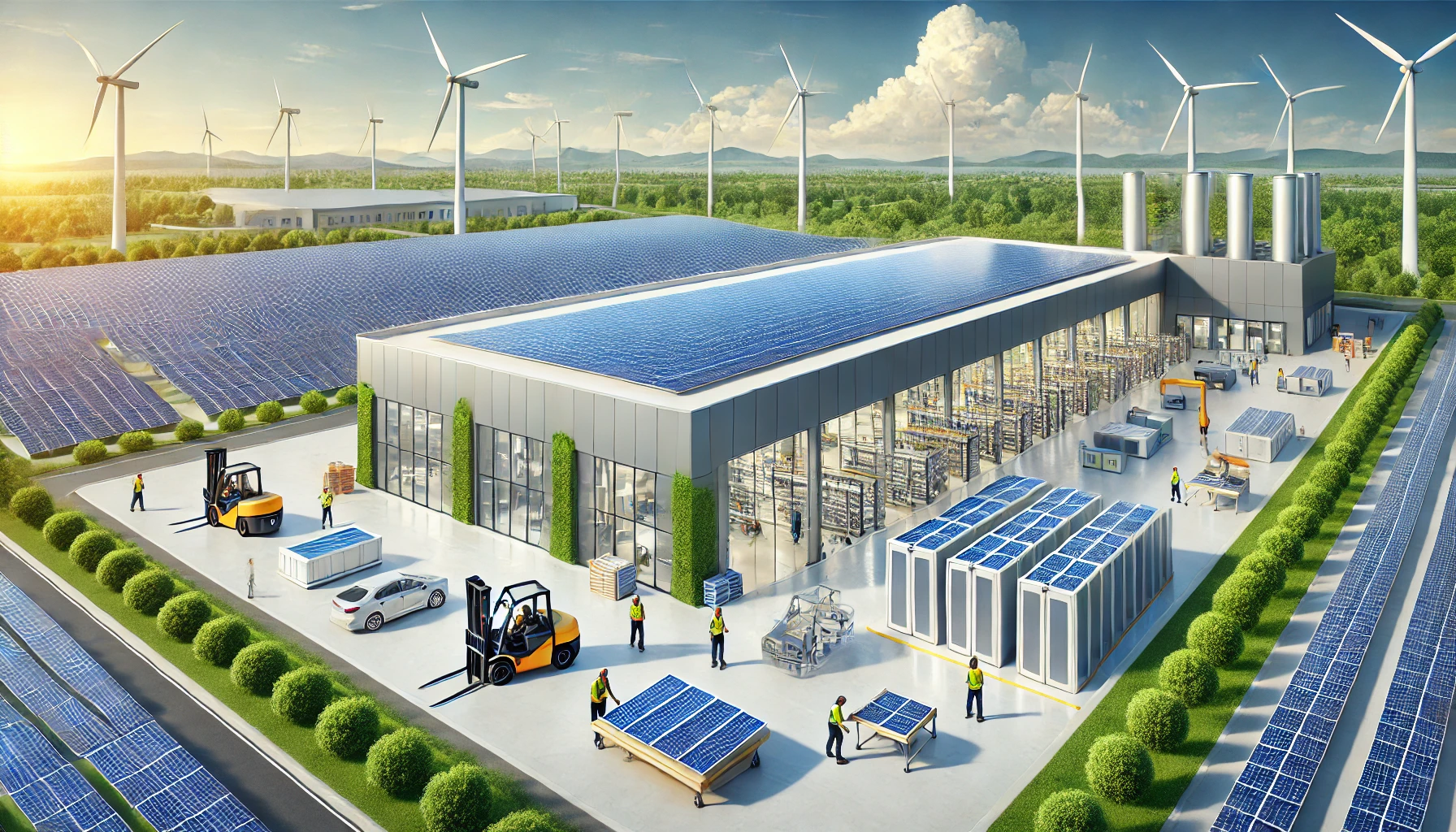The global push for clean energy has reached a critical juncture, as both the United States and Europe introduce robust policies aimed at accelerating the construction of clean energy manufacturing facilities. These initiatives focus on building the domestic capacity to produce essential components like batteries and solar panels, critical for the transition to renewable energy sources. The strategic goal is to reduce dependence on foreign imports, foster local innovation, and create sustainable jobs in the green energy sector.
U.S. Clean Energy Manufacturing Incentives
In the U.S., the Inflation Reduction Act (IRA) has been a game-changer for clean energy manufacturing. The IRA offers substantial tax credits and financial support for the domestic production of solar panels, wind turbines, and energy storage solutions. This is part of a broader effort by the U.S. government to achieve net-zero emissions by 2050. The legislation encourages the private sector to invest in building new manufacturing plants, particularly in economically distressed regions, thus promoting both environmental sustainability and economic growth.
The U.S. Department of Energy is also spearheading initiatives that include loans and grants for companies willing to invest in the clean energy supply chain. These policies are expected to increase the domestic production of advanced batteries, crucial for electric vehicles (EVs) and grid-scale energy storage, addressing the growing demand for renewable energy technologies.
European Union’s Green Deal
Meanwhile, Europe is taking significant steps to bolster its clean energy manufacturing capabilities through the European Green Deal and the Fit for 55 package. These policies aim to reduce greenhouse gas emissions by 55% by 2030, with an emphasis on renewable energy and energy efficiency. Key aspects of these initiatives include financial incentives and regulatory frameworks that encourage private investment in clean energy manufacturing, particularly in solar panel and battery production.
European governments are actively supporting the creation of domestic gigafactories to manufacture EV batteries and large-scale solar farms. By 2025, Europe plans to produce nearly 80% of its battery needs domestically, a major shift away from reliance on imports, primarily from Asia. The development of these facilities is expected to create thousands of jobs while reducing the carbon footprint of energy production across the continent.
Joint U.S.-EU Efforts
In addition to individual efforts, the U.S. and Europe are also collaborating through joint initiatives like the Transatlantic Trade and Technology Council to foster cooperation in clean energy manufacturing. These partnerships aim to strengthen supply chains and create a more resilient and integrated clean energy market, benefiting both regions.
The policies introduced by the U.S. and Europe signal a transformative shift toward building a robust, sustainable clean energy manufacturing industry. By incentivizing the production of batteries and solar panels, these regions are not only promoting environmental goals but also creating economic opportunities that will shape the future of global energy markets. As these initiatives continue to gain momentum, the world will likely see a significant boost in clean energy infrastructure, marking a key milestone in the fight against climate change.




